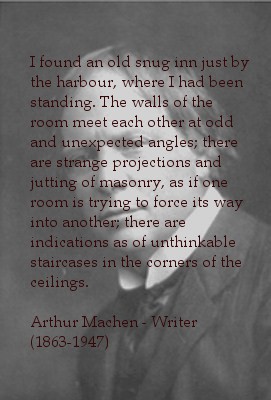 Fred Jackson and Laura Knight on the beach at Staithes
Fred Jackson and Laura Knight on the beach at StaithesArtists painting in the open air is a common sight in Whitby and the surrounding area these days, but when the impressionists first took their paints and easels outside to capture, for instance, the changing quality of sunlight at different times of the day, it was quite revolutionary.
Plein air painting also became the fashion in the artists' colony at Newlyn in sunny Cornwall. The Staithes painters however had to cope with all the bad weather the North Sea could throw at them. Their dedication to plein air often took its toll. John William Howey, for instance, died in Hartlepool in 1938 from typhus caught by drinking contaminated water whilst painting en plein air.
 Horse drawn Sled in the snow by F. W. Jackson
Horse drawn Sled in the snow by F. W. Jackson
In 1914 Fred Jackson visited Russia where, despite the freezing weather he continued to paint outdoors. Many consider these paintings to be his most vibrant and innovative.
The artist Laura Knight said this of Jackson in her autobiography:
'He painted out of doors in any weather. Under the mittens he wore, his hands were swollen, stiff and chapped, as were the edges of his ears and the wings of his nostrils.'

Fisherfolk at Runswick by F. W. Jackson
...
 Fisherwomen by the Quay at Staithes by F. W. Jackson
Fisherwomen by the Quay at Staithes by F. W. Jackson





No comments:
Post a Comment